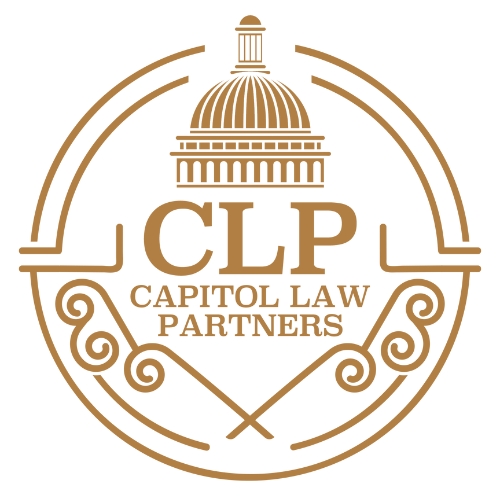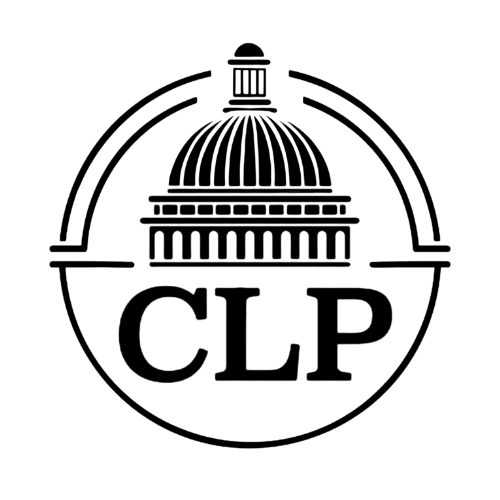· Intellectual Property Law · 4 min read
Small Business Intellectual Property Protection Types in US
This guide provides small business owners with a comprehensive overview of intellectual property protection, focusing on how trademarks, copyrights, patents, and trade secrets safeguard brand value and competitiveness. It explains why federal trademark registration with the USPTO is essential, outlines the step-by-step application process, and highlights the legal advantages of professional IP counsel.

Small Business Intellectual Property Protection Types
Your brand is one of your company’s most valuable assets.
Over time, it can gain value on its own.
That’s because a brand falls under the category of intellectual property, which makes it a business asset.
If you want to build your business on solid foundations, properly registering your trademarks is a key part of that foundation.
What Is Intellectual Property?
For small business owners, this includes elements such as the name of your restaurant, the logo of your fashion brand, the packaging design of your cosmetic products, your stage name, your sports brand’s slogan, or even the startup sound of your app.
When a customer sees, hears, or even smells one of these elements and instantly recognizes which brand it belongs to that’s the essence of branding.
Intellectual property rights protect your business’s uniqueness, prevent imitation, and create long-term financial value.
That’s why small business owners should see their trademarks not only as a marketing element but also as an investment tool.
And since trademarks protect consumers through recognizability, registering them is the responsibility of every business owner.
Types of Intellectual Property
A trademark can be a word, design, slogan, sound, color, or even a scent.
It helps consumers identify the source of a product or service.
Trademarks give consumers confidence in the quality, integrity, and nature of what they purchase.
For example:
- Apple’s bitten apple logo
- Netflix’s “ta-dum” intro sound
- Nike’s “Just Do It” slogan
Intellectual property can generally be categorized as follows:
-Trademarks: Symbols, names, logos, or slogans that distinguish your business.
-Copyrights: Original creations such as written content, software, or artistic works.
-Patents: New, useful, and original inventions or processes.
-Trade Secrets: Confidential information such as recipes, algorithms, or marketing strategies.
Each protects a different aspect of your business and provides a competitive edge.
Why Should You Register a Trademark?
If you’re already using a name or logo, you might have common law protection — but only as long as you’re not infringing on someone else’s prior trademark.
Before filing an application, you should always conduct a comprehensive trademark clearance search.
This process goes far beyond a simple Google search.
It involves thoroughly reviewing existing registered trademarks in the USPTO (United States Patent and Trademark Office) database.
Why is this so critical?
The day you file your application becomes your priority date.
Even if someone files for a similar or identical trademark after you, you hold the legal priority.
Once registration is complete, others cannot use or register a similar mark after yours.
Moreover, federal trademark registration provides far stronger protection than what is available at the state level or under common law.
With federal registration, you can:
-Sue infringers in federal court.
-Send cease and desist letters to protect your brand.
-Gain nationwide legal recognition for your mark.
How to Register a Trademark
1. Create an account on myuspto.gov.
2. Click “File a New Application.”
3. Fill out the application form and attach required specimens (samples).
4. Pay the fee and submit your application.Fees:
$250 or $350 per class, depending on the filing type.
Each category requires a separate fee.
Your goods and services must be clearly defined.
If you are already selling products, include photos of them at their point of sale.
If you’re not yet selling, you’ll need to submit these documents later — failing to do so may result in cancellation of your application for that class.
*Around 60–70% of USPTO applications receive an initial “Office Action” (a request for correction).
These can usually be resolved with minor adjustments.
Sometimes, an examining attorney may even call you directly to discuss a solution — don’t miss those calls!
Intellectual Property Infringement
Intellectual property infringement means using someone else’s registered or legally protected IP without permission.
This can involve your logo, brand name, software, or even images used on your website.
Infringement can damage your business reputation and lead to serious financial liability.
That’s why it’s essential to seek legal guidance — both to protect your own IP assets and to avoid violating others’ rights.
Some types of IP must be registered before legal protection applies. These include:
-Trademarks
-Registered Designs
-Patents
-Plant Breeder’s Rights
However, copyright and circuit layout rights do not require registration; protection is automatically granted upon creation.
Legal Support
Intellectual property rights present both opportunities and risks — especially for small businesses.
From trademark searches to filing processes, infringement disputes to licensing agreements, professional legal guidance makes all the difference.
An attorney can:
-Monitor your application,
-Respond to USPTO correspondence,
-Defend you against potential objections.
Capitol Law Partners provides expert legal counsel in trademark law, IP registration, and infringement litigation.
Our team ensures your business remains legally protected and strategically secure.
Contact Capitol Law Partners to register, safeguard, or enforce your trademark rights with confidence.
Whatsapp +1 (202) 440-2272
Phone +1 (202) 440-2272




